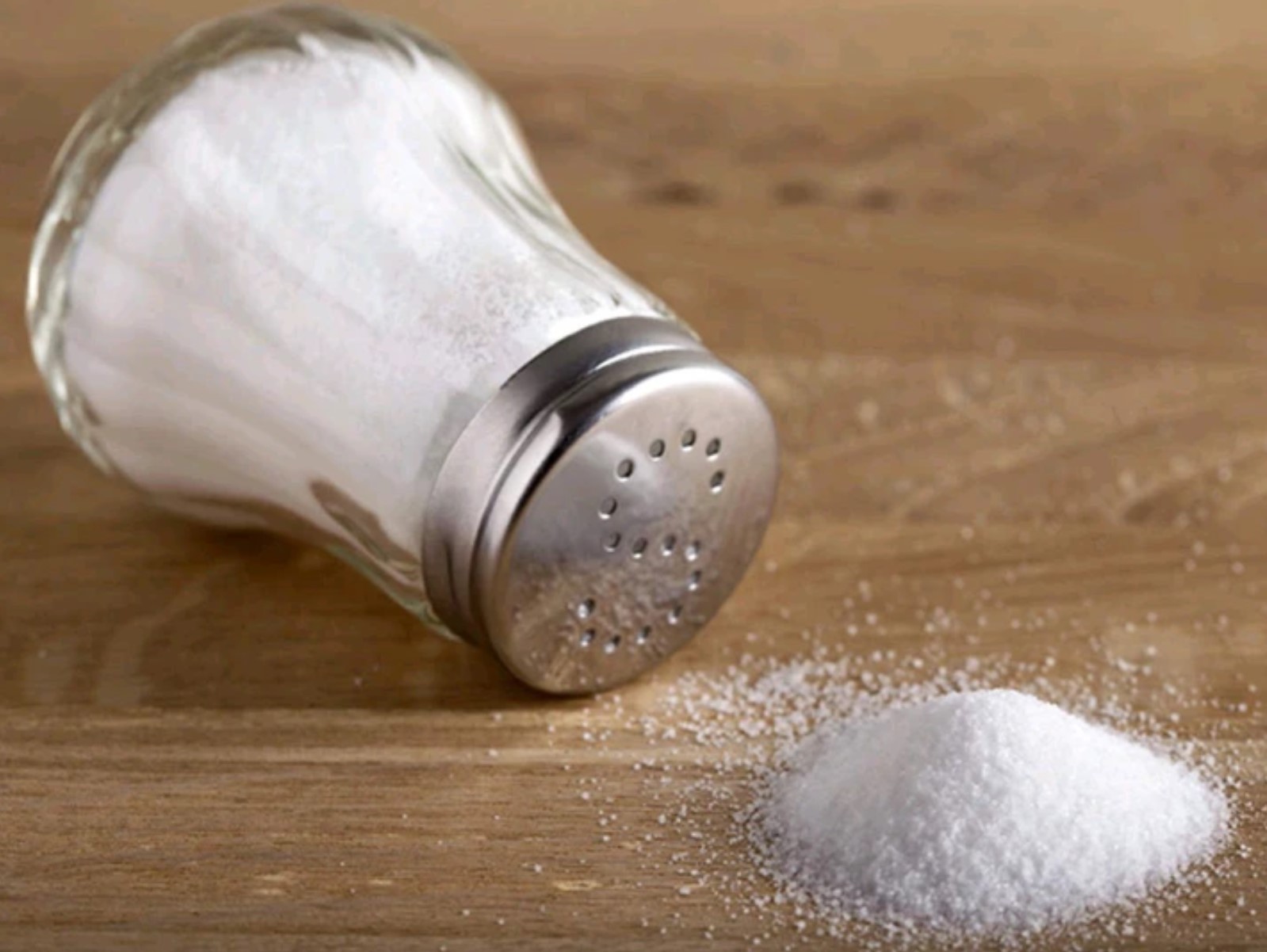“I just hurt all the time,” she says. Pain radiates into her legs, making her feel miserable all over. Sometimes, it just hurts to move. “I find myself mentally anticipating all the ways it’s going to hurt when I actually have to move. It’s just not a normal way to live…Click Here To Continue Reading>> …Click Here To Continue Reading>>
Douglas’s condition is fairly typical. About eight in 10 people will have back pain sometime in their lives—and it tends to become more common after about age 45.
Why does my back hurt?
Back pain can be caused by simple muscle strain, or an underlying condition like kidney stones, endometriosis, or cancer. Chronic back pain, especially in middle age, can develop for several reasons, including degenerative disc disease, nerve root irritation, arthritis, or a slipped vertebra, according to Nicholas Beatty, a physiatrist specializing in spine sports medicine at the Hospital for Special Surgery in New York City.
Pain seems to occur slightly more often in women than in men, which could be due to anatomy, biology, or a combination of factors, including a person’s environment or job function, Bending, twisting, lifting, walking, or even standing can make it worse. Many middle-aged adults are also “weekend warriors” who are relatively inactive Monday to Friday, then very active on the weekends. This increases the risk for sprains, strains, and disc injuries.
Then there’s ergonomics. A too-soft mattress, poor posture, an unsupportive chair, hunching over the laptop or phone, and a sedentary lifestyle may all contribute to ongoing pain. Psychological distress—chronic stress, anxiety or depression—can make mechanical back pain worse and be a source of back pain itself, according to Beatty.
“Personal beliefs about back pain and anxiety-related fear of moving when in pain can heighten the pain intensity and make the pain stick around longer,” he says.
You are also at higher risk of chronic back pain if you
- Don’t exercise
- Have an existing condition like arthritis or cancer
- Are overweight
- Lift using your back instead of your legs
- Smoke or use other tobacco products
Other types of chronic oxidative stress such as a diet high in processed food, prediabetes, diabetes, metabolic syndrome, or poor cardiorespiratory fitness can create inflammation inside the disc, leading to faster disc degeneration beyond normal aging, according to Beatty.
How to treat back pain at home
You can initially treat most chronic back pain at home, with low-impact exercises such as swimming, gentle stretching or walking, combined with ice or heat, and over-the-counter medications like ibuprofen. These techniques usually help relieve pain, break up knotted back muscles, and make doing everyday activities easier.
While evidence varies on alternative approaches like acupuncture, and structural integration, Beatty says there’s little risk in trying them as long as you vet the practitioner first. READ FULL STORY HERE>>>CLICK HERE TO CONTINUE READING>>>
What to do when home treatments don’t work
If pain persists, then it’s time to get evaluated by a doctor. If you have acute pain, notice or any bowel or bladder changes, weakness, fever, chills, or unexpected weight loss, then see a doctor right away. Additionally, “people with cardiovascular disease or kidney disease should make sure that the back pain is just mechanical and it’s not medical. It is important that their pain is evaluated and figured out by a doctor,” says Beatty.
Sibyl Wilmont, a 54-year-old nurse researcher in Chapel Hill, N.C., has dealt with back pain for much of her life. She even left her job as an emergency department nurse to take a less physically strenuous position: “My body was just failing me. I would get into such terrible back spasms that I could not pick myself up off the floor.”
After a diagnosis of multiple herniated discs, she tried numerous treatments, including cortisone injections and physical therapy, with little success. Other options—disc surgery, spinal fusion, regular epidural injections, or learning to live with the chronic pain—were equally unappealing.
Wilmont’s physical therapist suggested an evaluation for sacroiliac joint dysfunction, or SI—an extremely painful condition that can be tough to diagnose and is often mistaken for disc herniation or sciatica. An SI joint specialist quickly confirmed that was the primary cause of her pain.
While this condition is usually seen in pregnant people, it can also occur for other reasons. In Wilmont’s case, falls related to riding horses as a child likely destabilized the joint. At age 43, she opted for open joint fusion surgery and, once healed, has been free of SI-related pain for about a decade.
“It gave me my life back,” she says. Pain stemming from her herniated discs is manageable with ibuprofen and rest.
Be proactive about your back health
A multifaceted healthy approach at home can help stave off back pain; optimizing overall health and well-being are key:
- Get up and walk around every hour, especially if you have a sedentary job.
- Do some gentle stretching every day.
- Take some easy walks around the block to keep muscles limber.
- Swap out your mattress if it’s more than 10 years old.
- Develop a daily practice of exercises or postural cues to improve body positioning over time. Most posture issues are modifiable and can be optimized.
- Work with your HR department if you have a physically demanding job or need better office ergonomics. Many HR departments partner with occupational therapists to conduct an office assessment. If reinjury is a problem, discuss your job description and physical requirements with your physician and your HR manager.
- If you’re in pain, avoid aggressive manipulations, intense exercise or high-velocity motion until you receive a diagnosis.
- Limit nonsteroidal anti-inflammatory medications (NSAIDs) like ibuprofen or naproxen to a maximum of two weeks; extended use has been linked to gastrointestinal issues, and you may become dependent on them.
Consider multiple options to manage pain. Neuropathic medications can help target specific nerve pain. Physical therapy and exercise can help strengthen your core muscles to better support your spine. Spinal manipulation may improve both pain and function. Surgery may be appropriate for certain conditions—disc problems and stenosis, for example, and actually increase the spine’s stability. If you are unsure about surgery, seek out a second opinion.
“Get the best diagnosis, then use the evidence to treat it, as opposed to just calling it back pain,” Beatty says.


 METRO9 months ago
METRO9 months ago
 SPORTS10 months ago
SPORTS10 months ago
 IN-THE-NEWS11 months ago
IN-THE-NEWS11 months ago
 Uncategorized6 months ago
Uncategorized6 months ago
 METRO9 months ago
METRO9 months ago
 METRO10 months ago
METRO10 months ago
 IN-THE-NEWS11 months ago
IN-THE-NEWS11 months ago
 HEALTH & LIFESTYLE5 months ago
HEALTH & LIFESTYLE5 months ago


